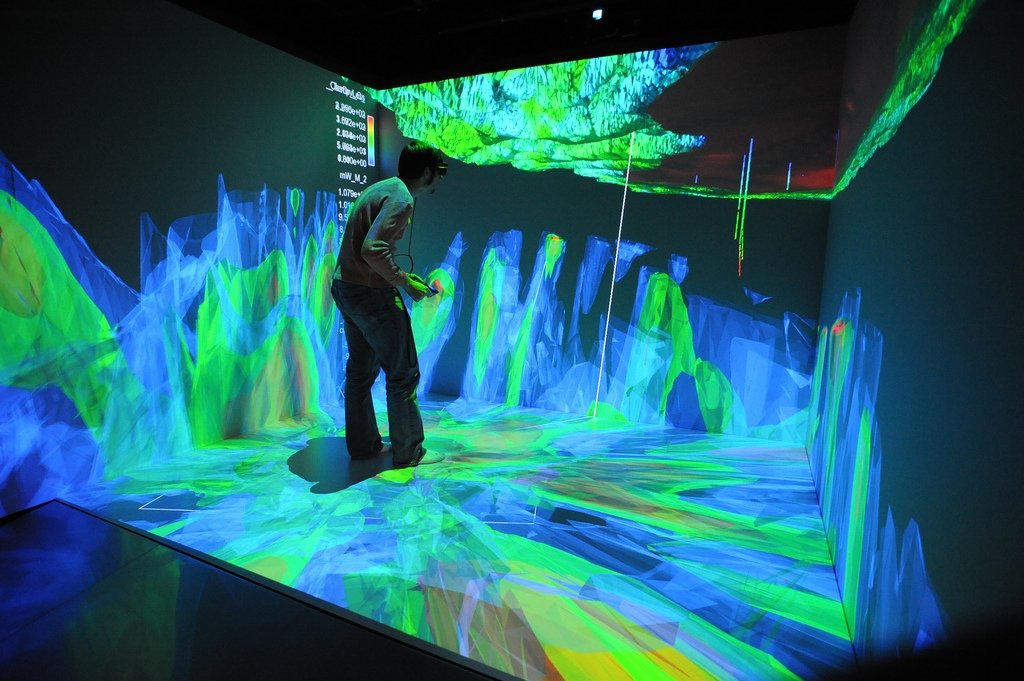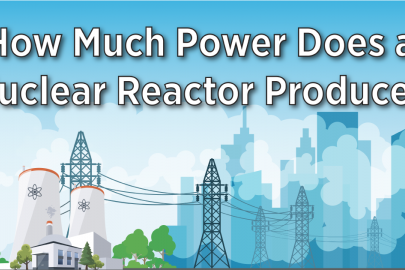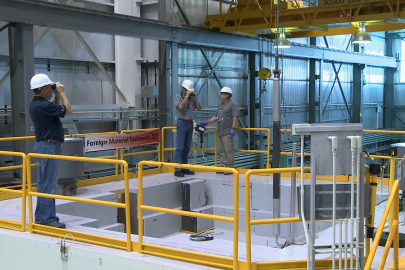Nuclear power, the use of sustained nuclear fission to generate heat and electricity, contributes nearly 20 percent of the electricity generated in America. The United States has used nuclear power for more than 60 years to produce reliable, low-carbon energy and to support national defense activities.
The Energy Department's Office of Nuclear Energy’s primary mission is to advance nuclear power as a resource capable of making major contributions in meeting our nation’s energy supply, environmental, and energy security needs. By focusing on the development of advanced nuclear technologies, NE supports the Administration’s goals of providing domestic sources of secure energy, reducing greenhouse gases, and enhancing national security.
Nuclear power remains an important part of our nation’s energy portfolio, as we strive to reduce carbon emissions and address the threat of global climate change.

Nuclear Reactor Technologies

Nuclear Facilities
Learn more
-
 A typical nuclear reactor produces 1 gigawatt of power per plant on average. Just how much power is that exactly?
A typical nuclear reactor produces 1 gigawatt of power per plant on average. Just how much power is that exactly? -
The Hot Fuel Examination Facility at Idaho National Laboratory is one of the best places in the world to conduct radioactive materials research.
-
 Advanced small modular reactors could change the way we think about nuclear power. Here are 4 key benefits you need to know about them.
Advanced small modular reactors could change the way we think about nuclear power. Here are 4 key benefits you need to know about them. -
 Check out these 10 intriguing facts that you probably didn’t know about the world’s first controlled release of nuclear energy.
Check out these 10 intriguing facts that you probably didn’t know about the world’s first controlled release of nuclear energy. -
 The Transient Reactor Test Facility at Idaho National Laboratory is back online after more than 2 decades of dormancy.
The Transient Reactor Test Facility at Idaho National Laboratory is back online after more than 2 decades of dormancy.


